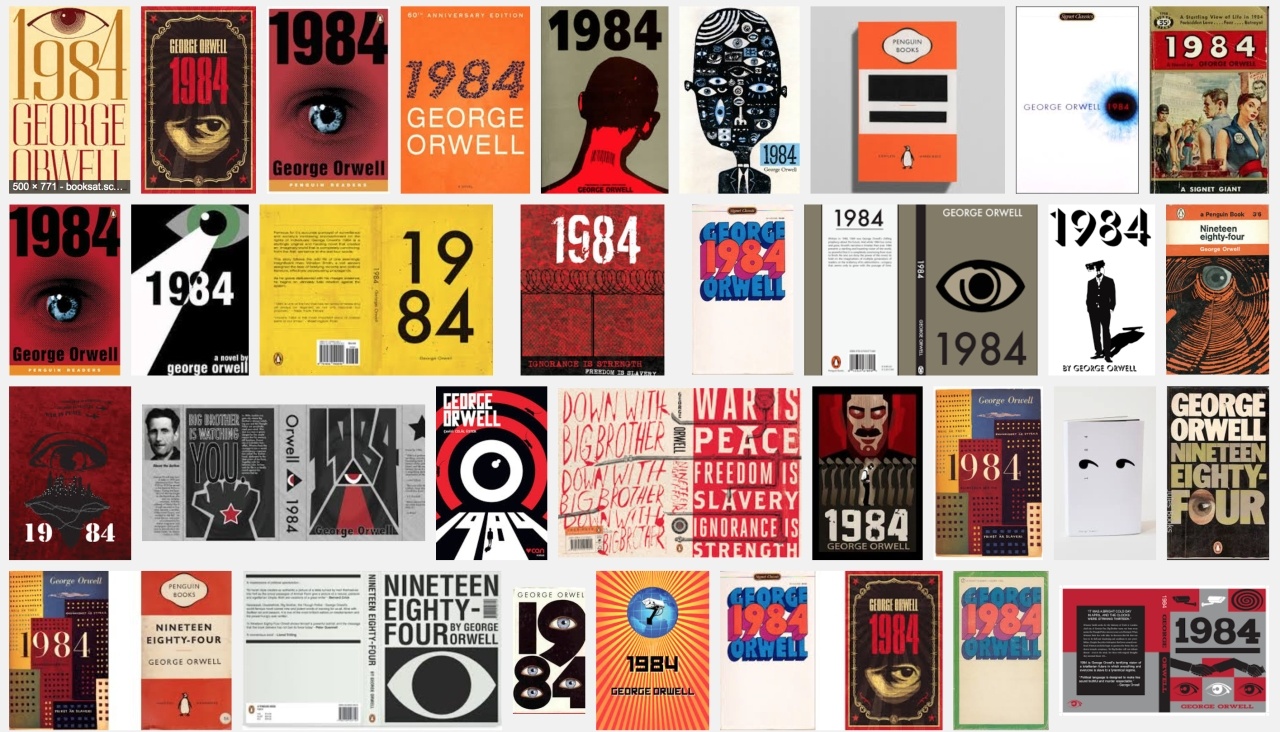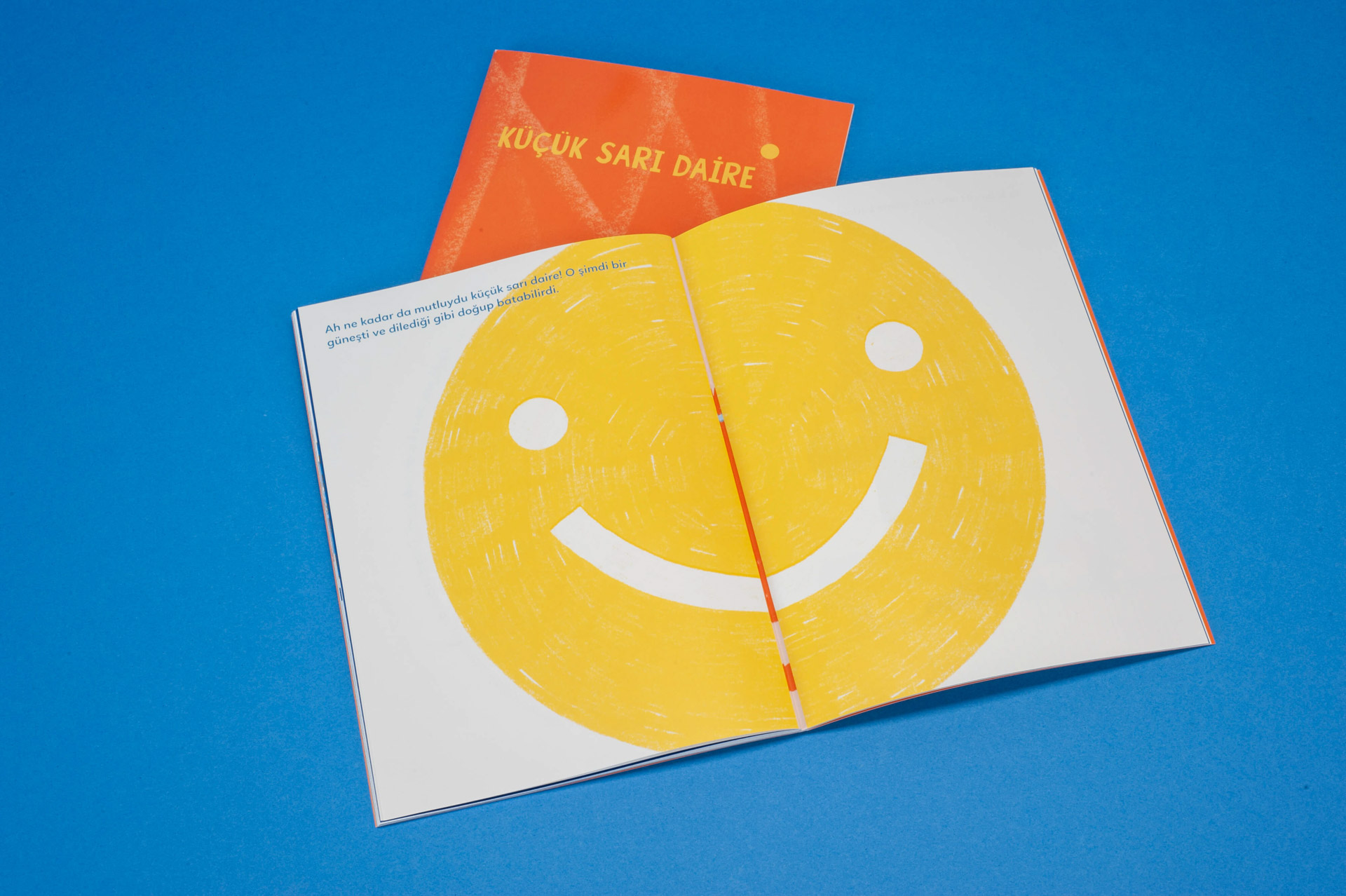Director: Georges Méliès
Cast: Georges Méliès, François Lallement, Jules-Eugène
France, 13’, 1902, black & white; silent
A Trip to the Moon is the most famous of over 500 short films produced by cinema pioneer Georges Méliès between 1896 and 1912, and its signature image of a bullet-shaped rocket lodging itself in the eye of a smirking moon is one of the most recognizable images in cinema history. An accomplished magician, Méliès moved from simple recordings of his stage shows to dazzling fantasy epics which were among the first narrative films ever made. These "trick films" combined fantastic yarns, intricate painted sets, and elaborate costumes with such simple but effective special effects as slow motion, dissolves, and superimpositions. Like Méliès's other long films of the period, Trip to the Moon is composed of a series of tableaux, each featuring chaotic action and multiple camera tricks photographed with a stubbornly static camera, which work together to tell a simple story. It proved sensationally popular with audiences, though Edwin S. Porter's The Great Train Robbery rode a slightly more sophisticated narrative to greater success the following year. As one of the earliest examples of cinematic fantasy, A Trip to the Moon paved the way for such filmic flights of fancy as The Wizard of Oz and Star Wars, as it proved that the seduction of the audience through special effects has roots deeper than the blockbusters of the Seventies.
Trailer

Our Doublethink Double vision exhibition’s title alludes to George Orwell’s seminal work 1984 and presents a selection that includes Tracey Emin, Marcel Dzama, Anselm Kiefer, Bruce Nauman, Raymond Pettibon, and Thomas Ruff, as well as Turkish artists, tracing the steps of pluralistic thought through works of art.

Published as part of Pera Learning programs, “The Little Yellow Circle (Küçük Sarı Daire)” is a children’s book written by Tania Bahar and illustrated by Marina Rico, offering children and adults to a novel learning experience where they can share and discover together.
Tuesday - Saturday 10:00 - 19:00
Friday 10:00 - 22:00
Sunday 12:00 - 18:00
The museum is closed on Mondays.
On Wednesdays, the students can
visit the museum free of admission.
Full ticket: 300 TL
Discounted: 150 TL
Groups: 200 TL (minimum 10 people)